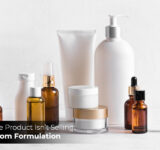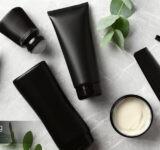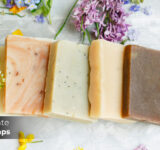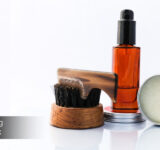- 19/02/2024
- Rohit Mishra
The skincare industry and market segmentation for skin care products are huge. Ruled by various factors, the skin care market segmentation may be done based on age, gender, and demography categorically, though various other secondary factors influence this subdivision, too.

Here, we help you decode the 7 major pathways that assist in skincare market segmentation and how each of them contributes to the study. But before that, we give you a glimpse of why market segmentation of skin care products is important and how it can influence your growth.
Importance of Skin Care Market Segmentation
Skincare needs are wide and varied. While some consumers are looking out for everyday skincare needs, a huge section focuses on products aimed at certain skin issues like acne, pigmentation, or dark circles.
Skincare market segmentation helps manufacturers, entrepreneurs, and retailers understand the demands of the skincare market and streamline their business accordingly.
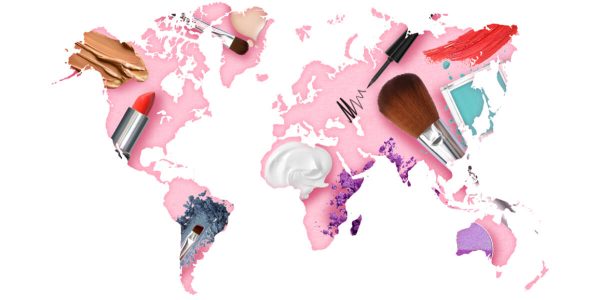
Based on consumption geographic segmentation for skin care products pattern that emerges from the skincare market segmentation, entrepreneurs and manufacturers can produce products that match consumer expectations.
Retailers can also realign their stocks with products that are in high demand in the market. It helps pitch particular products to target consumers rather than offering generic products to the masses.
Pathways For Skincare Market Segmentation
In this overview, we unfold the 7 pathways for skin care market segmentation that can help you understand consumer preferences more profoundly. These 7 pathways reflect consumer psychographic segmentation of skin care choices and demand that guide market supply. And know how skincare businesses focus on these broad variables to channel their products in the market and make decent returns.
- Type of skincare product
- Price range
- Ingredients
- Organic (or not)
- Occasion of use
- Brand
- Gender
1. Segmentation of Skincare Products By Type
Different consumers use different skincare products. Those exposed to the sun prefer sunscreens in their daily skincare regime, while consumers above 40 look for anti-wrinkle and age-defining products. Similarly, some consumers focus more on skin cleansing while others want products to treat skin acne and scars.
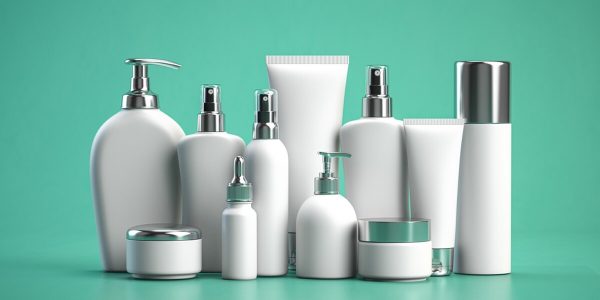
Through market segmentation for skin care products, manufacturers can target specific products to consumers based on their needs and wants. Targeting products through market segmentation increases customer satisfaction through enhanced product relevance and builds brand loyalty and reputation that can yield positive results for the skincare business.
Some of the most popular skincare products that define various skincare market segments are:
- Cleansers
- Exfoliators
- Moisturizers
- Toners
- Sunscreens
- Foundations
2. Price Range-Centric Skincare Market Segmentation
Price is a crucial factor that influences consumer behaviour and purchases. Today, skincare products are available in a wide range, satisfying customers with budget buys, a premium range, and a limited edition product line. Similar skincare formulations may be available in cream formats and high-end serums to meet different requirements.

Through market segmentation of skin care products, businesses can identify the consumer groups and the price they are willing to pay for the skincare products. Accordingly, the products are designed, and their cost is decided. Skincare companies often adopt price segmentation techniques to decide the price points at which particular market segments will be tapped.
3. Ingredient-Focused Segmentation In Skincare Market
With growing awareness and consciousness among consumers, people want to know the ingredients of the products they apply to their skin. Products with harmful toxins and chemicals are no longer preferred even if they offer instant results because consumers know their long-term harm and ill effects.

Skincare market segmentation through focus on ingredients aims to educate consumers about the ingredients that make up particular products and create a group of educated and conscious consumers.
Products are created, clearly highlighting their ingredients and explaining the benefits of certain raw materials used in their composition. This creates faith and trust amongst the consumers, satisfying their concerns and building a brand image of transparency where consumer benefit is valued above all.
4. Organic Classification In Skincare Product Segmentation
The growing environmental consciousness amongst consumers has given rise to a new market segment in the skincare industry where consumers prefer products that are made using only organic ingredients.
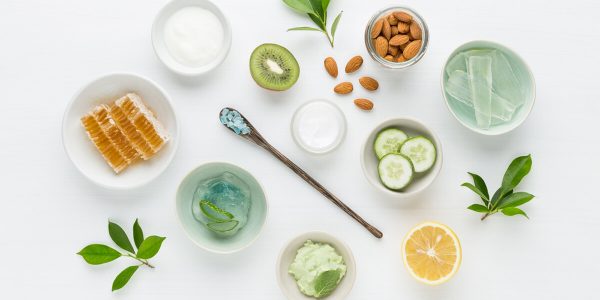
Organic skincare products refer to a range where formulations use raw materials grown organically without harmful pesticides and chemicals. These products are not tested on animals and are completely cruelty-free.
The organic skincare market segmentation is an emerging area and every new and growing business should focus on it as it will shape the future of the skincare industry. Consumers with a growing inclination towards sustainable and environmental products opt for organic skincare products even if they have to pay an extra price.
5. Segmentation According To Occasional Skincare Usage
Understanding consumer consumption patterns helps to identify a distinct market segmentation for skin care products and target consumers accordingly. Some consumers use skincare products only occasionally, like before marriage, a big event, or a family function.

Such consumers invest occasionally and prefer to use only a few skincare products in small packaging rather than an elaborate range of products. However, there is another segment of consumers who use skincare products regularly and try a variety of skincare products ranging from cleansers, exfoliators, toners, and moisturizers at each step of the skincare regime.
Using the above skin care market segmentation, companies may target consumers accordingly and offer them entire kits and combos of products or single-use sachets, depending upon their use.
6. Segmenting Skincare Market By Brand
Brand loyalty is a decisive factor in market segmentation for skin care products. Consumers usually choose to purchase skincare products from their favourite brands and are not hesitant to try their new products.

However, with changing skincare needs and requirements consumers may start looking for other options and may switch to another brand.
Using skincare market segmentation, skincare businesses often try to identify this transition point and attract customers by offering their desired products. This leads to building a new customer base and creating a new brand liking.
7. Gender-Based Segmentation In Skincare Market
Gender plays an important role in deciding the skin care market segmentation, as skincare products are usually designed for men and women separately. Women frequently use skincare products and use a wide range of products like cleansers, exfoliators, toners, and moisturizers in their skincare regime.

On the other hand, while men are also becoming conscious about the value of healthy skin, the market for men’s skincare is still growing and has a long way to go.
Market segmentation of skin care products based on gender can help businesses design products for males and females and target consumers according to their skin types, needs, and concerns.
How Skincare Entrepreneurs Can Leverage These Pathways
Using skincare market segmentation, skincare entrepreneurs can design their marketing strategy and adopt a business plan that taps each segment of consumers to leverage maximum sales. Some key steps that skincare entrepreneurs need to take while targeting market segmentation for skin care products are:
- Conduct deep market research to understand each target segment’s consumer preferences and purchasing patterns.
- Develop products with innovative formulations that consumers want, promoting eco-friendly packaging and emphasis on sustainable products that resonate with consumer expectations.
- Implement marketing strategies in each market segment, using channels that engage and communicate with target consumers.
- Follow market trends, encourage customer feedback to evolve in each segment, and promptly respond to changing preferences.
Conclusion
Skincare market segmentation is perhaps the best way in which the skincare industry can categorize consumers and group them according to their product choices, price preferences, demography, gender, and usage.
This gives businesses an idea about the types of skin care products to formulate, the marketing strategies to adopt, and innovations to introduce in product formulations, keeping in mind the end-users in each market segment. With a deep understanding of the market segmentation of skin care products, entrepreneurs know exactly where to pitch and win target consumers.
